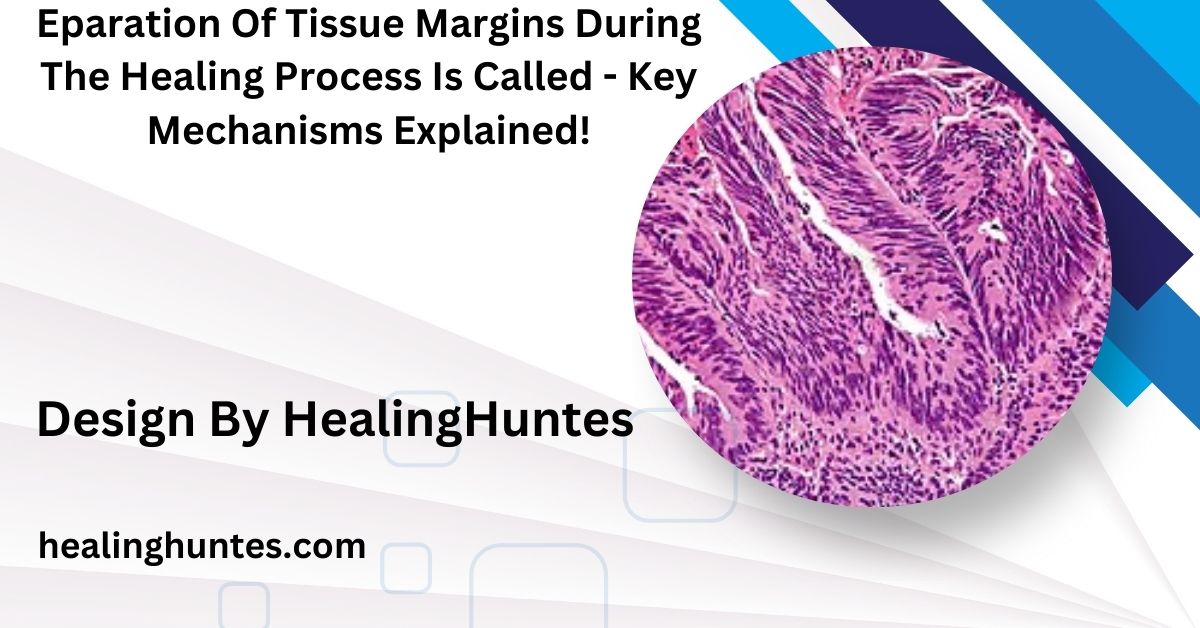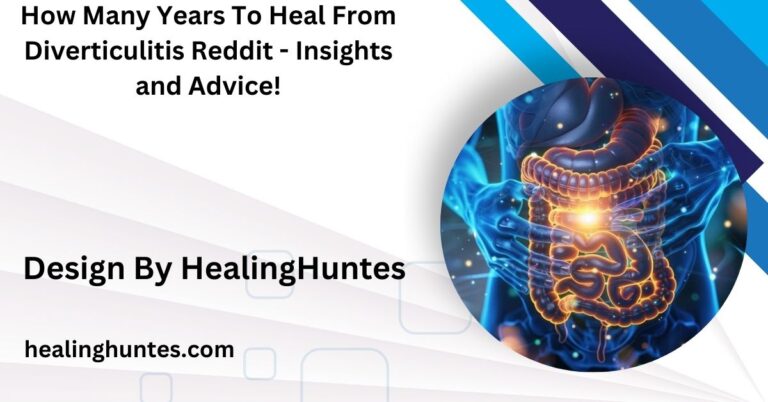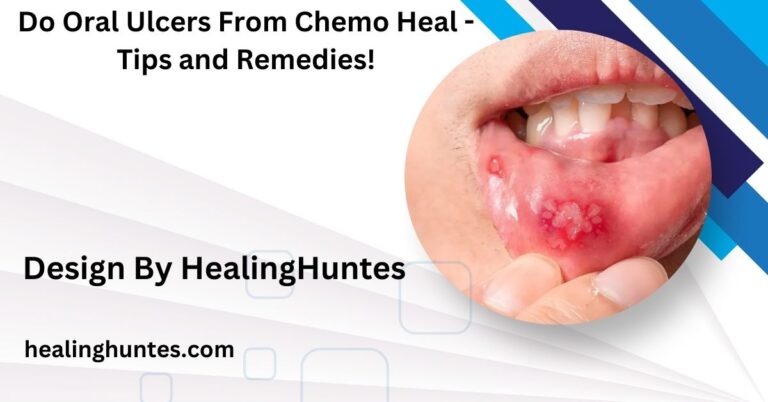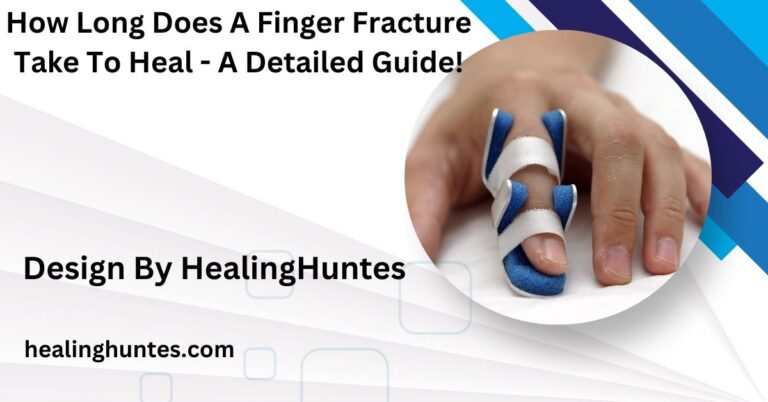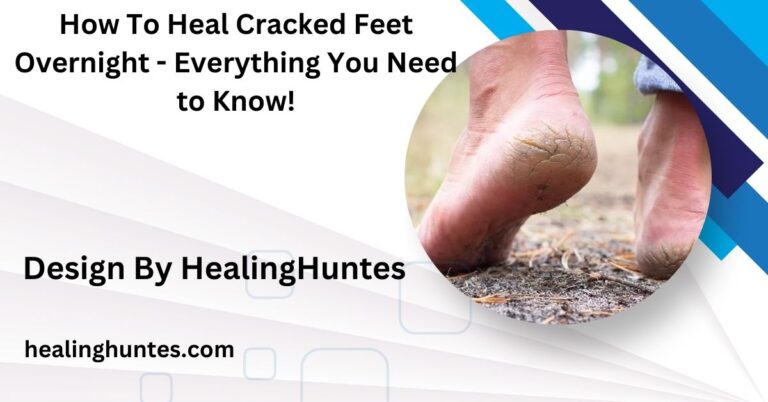Eparation Of Tissue Margins During The Healing Process Is Called – Key Mechanisms Explained!
Tissue margin separation is a crucial part of the wound healing process where the edges of a wound separate to allow new tissue to form, helping the wound heal efficiently and reducing the risk of complications.
In this article, we will explore the process of tissue margin separation, its biological significance, and how it affects the healing process. Additionally, we will discuss various conditions in which tissue margins play a role and how healthcare providers approach these situations.
What Is Tissue Margin Separation:
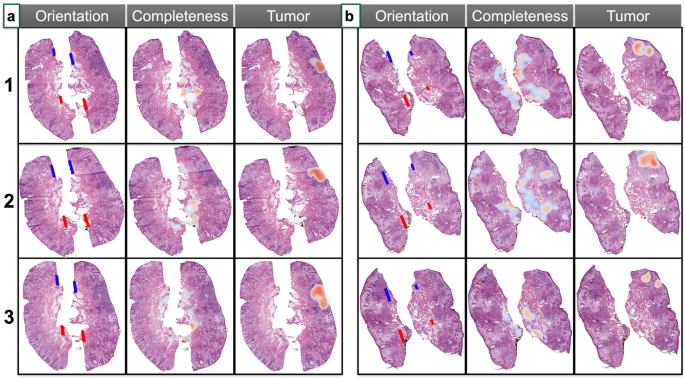
Tissue margin separation refers to the process of separating or dividing tissue edges during the healing process after an injury, surgical procedure, or wound. It is an essential component of wound healing, allowing the tissue to regenerate and heal efficiently. The separation ensures that the wound can contract properly and that the new tissue can form across the injury site.
The term “tissue margins” typically refers to the edges or boundaries of a wound or incision. When these edges are separated, it allows for a more organized and faster regeneration of healthy tissue.
Biological Mechanisms Behind Tissue Margin Separation:
The healing process can be broken down into several phases: hemostasis (stopping the bleeding), inflammation, proliferation, and remodeling. Tissue margin separation occurs primarily during the proliferative phase, when the body begins to form new tissue and close the wound.
- Cell Migration: Cells, including fibroblasts and epithelial cells, move toward the wound site to help separate the tissue margins and promote healing.
- Collagen Production: Fibroblasts produce collagen, a protein that strengthens the newly formed tissue and supports the separation of wound margins.
- Angiogenesis: The formation of new blood vessels (angiogenesis) provides the necessary nutrients and oxygen to the healing tissue, aiding in margin separation.
- Granulation Tissue Formation: New tissue, called granulation tissue, forms at the wound site and helps separate the tissue edges, filling the gap.
- Myofibroblast Activity: Myofibroblasts contract to pull the tissue edges together, facilitating the separation and proper alignment of the wound margins.
- Inflammatory Response: An initial inflammatory response triggers the release of growth factors and cytokines that support tissue regeneration and the separation process.
Also Read: How Long Do Nose Piercings Take To Heal – A Comprehensive Guide!
Key Role of Myofibroblasts in Tissue Margin Separation:
Myofibroblasts are specialized cells that play a crucial role in wound healing, especially in tissue margin separation. These cells have characteristics of both fibroblasts and smooth muscle cells. They contract and help pull the edges of the wound together, reducing the size of the gap that needs to be healed.
During tissue margin separation, myofibroblasts contract and aid in the process of wound contraction. They also secrete collagen, which is essential for the formation of new tissue and the overall strength of the healing site.
Factors That Influence Tissue Margin Separation:
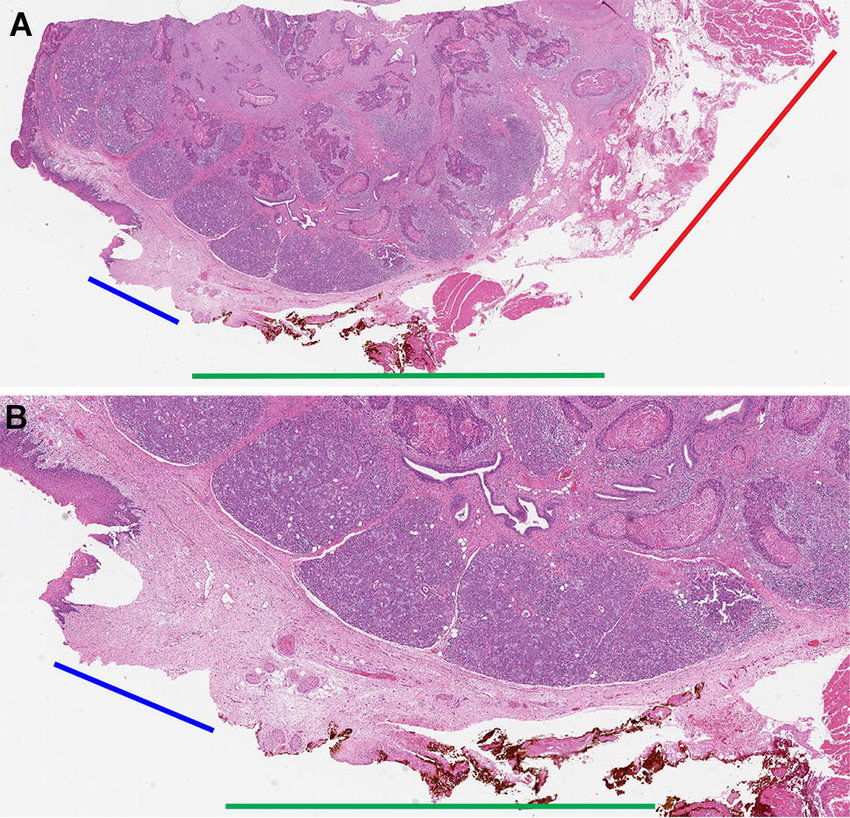
Several factors influence how effectively tissue margins separate and heal. These include the type of injury, the location of the wound, the overall health of the individual, and the presence of any underlying medical conditions.
- Type of Injury: The severity and nature of the injury (e.g., surgical incision vs. traumatic wound) impact how easily tissue margins separate.
- Wound Location: Wounds in areas with high mobility or tension (e.g., joints) may have more difficulty with proper margin separation.
- Health Status: Overall health, including factors like immune function and circulation, plays a key role in the efficiency of tissue margin separation.
- Age: Older individuals may experience slower healing and less effective tissue margin separation due to a decrease in cell regeneration.
- Nutritional Status: Adequate nutrition, especially proteins, vitamins, and minerals, is crucial for promoting cell regeneration and collagen formation.
- Underlying Medical Conditions: Chronic conditions like diabetes or vascular disease can impair the healing process and complicate tissue margin separation.
- Medications: Certain medications, such as steroids, can delay wound healing and affect tissue margin separation.
- Infection: Infection at the wound site can hinder tissue margin separation by causing inflammation, tissue damage, and delayed healing.
Wound Closure Techniques and Tissue Margin Separation:
In some cases, healthcare providers may use specific techniques to support or promote tissue margin separation. For example, sutures or staples are commonly used to bring the edges of a wound together, which can help maintain proper alignment and promote the natural healing process.
In cases where tissue margin separation is difficult due to a large wound, advanced techniques such as skin grafts or flaps may be used to encourage the separation and healing of the wound margins.
Also Read: How I Healed My Trigger Finger Naturally – A Comprehensive Guide!
Healing Complications Related to Tissue Margin Separation:
While the separation of tissue margins is an essential part of the healing process, it can sometimes lead to complications. In some cases, the margins may not separate correctly, which can cause the wound to heal improperly, resulting in issues like scarring, infection, or delayed healing.
For instance, improper tissue margin separation can lead to wound dehiscence, where the edges of the wound pull apart before they have fully healed.
Tissue Margin Separation in Scar Formation:

One of the key concerns during the healing process is the formation of scars. While scarring is a natural part of wound healing, improper tissue margin separation can lead to hypertrophic scars or keloids, where the tissue overgrows and forms raised scars.
By ensuring proper alignment and separation of the tissue margins, healthcare providers can help minimize the risk of excessive scarring.
Preventing Infections During Tissue Margin Separation:
Infections can significantly complicate the healing process, especially when tissue margins are being separated. Open wounds are vulnerable to bacterial invasion, which can slow healing and lead to severe complications like abscesses or systemic infections.
To reduce the risk of infection, proper wound care is essential. This includes keeping the wound clean, using antiseptic solutions, and applying sterile dressings.
Tissue Margin Separation in Chronic Wounds:
Chronic wounds, such as those caused by conditions like diabetes or vascular insufficiency, can present unique challenges when it comes to tissue margin separation. These wounds may not heal as efficiently as acute wounds, and the process of separating tissue margins may be prolonged or require specialized care.
In these cases, wound care specialists may use advanced treatments, including debridement, negative pressure wound therapy, or bioengineered skin substitutes, to promote tissue separation and healing.
Also Read: How Long Does A Sprained Foot Take To Heal – Sprained Foot Recovery Timeline!
How to Support Tissue Margin Separation and Healing:
While healthcare providers play a significant role in promoting tissue margin separation, there are several steps individuals can take to support the healing process. Proper nutrition, including adequate protein intake and vitamins A and C, can promote tissue regeneration.
Additionally, avoiding smoking, managing stress, and following prescribed wound care guidelines can improve healing outcomes.
FAQs
1. What is tissue margin separation?
Tissue margin separation is the process of separating the edges of a wound during healing to allow new tissue to form and the wound to close.
2. What role do myofibroblasts play in tissue margin separation?
Myofibroblasts help contract and pull the edges of the wound together, aiding in tissue regeneration and the closing of the wound.
3. Can improper tissue margin separation cause complications?
Yes, improper separation can lead to issues such as delayed healing, infection, or excessive scarring.
4. How can I support tissue margin separation during healing?
Proper wound care, nutrition, avoiding smoking, and following medical advice can help support effective tissue margin separation.
5. What is the effect of infections on tissue margin separation?
Infections can slow down or complicate the healing process, leading to improper tissue margin separation and increased risk of scarring.
Conclusion
The separation of tissue margins during the healing process is a complex yet critical part of wound recovery. Understanding how tissue margins separate and the factors that influence this process can help individuals and healthcare professionals better manage wounds and ensure optimal healing. While tissue margin separation is generally a natural and essential step, it’s important to monitor the process closely to avoid complications like infection, delayed healing, and scarring.
